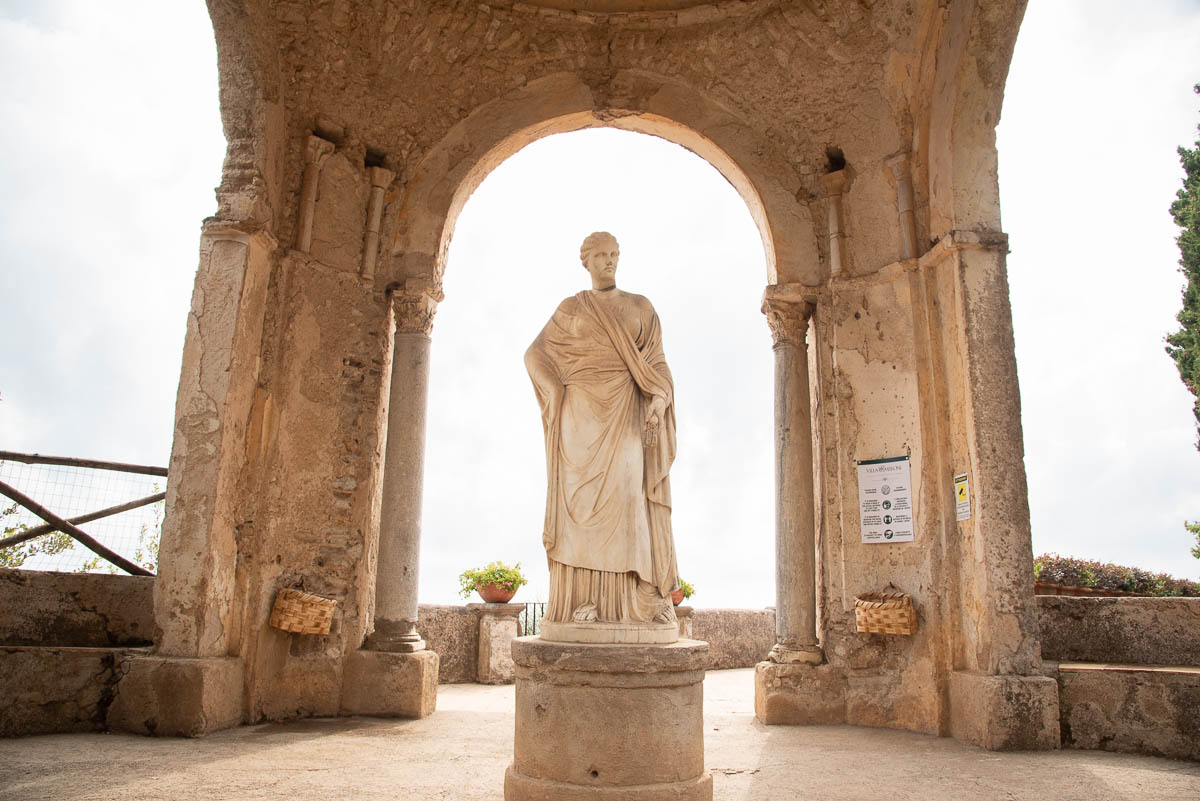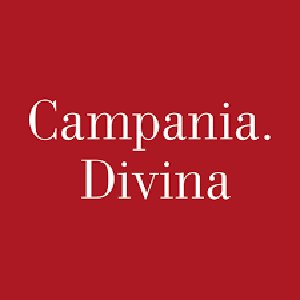It has inspired literati and artists from all over the world. In Ravello, music, history, art, and botanical culture have always been a source of creative inspiration. From Giovanni Boccaccio to Andre Gide, From Virgina Wolf to the entire Bloomsbury group who, in the days of the Grand Tour, found themselves strolling through the gardens of Villa Cimbrone to the terrace of infinity, to Wagner, who, bewitched by the flowers and colors of Villa Rufolo, composed the second act of Parsifal.
Wagner and Ravello
To commemorate the strong bond between Wagner and Ravello, a century after his stay, the first concert was launched on May 18, 1932, to celebrate the composer’s memory. It was a pioneering performance of what later became the celebrated Ravello Festival, which today has become one of the world’s most important musical events.

Francis Neville Reid, a Scottish botanist in Ravello
Historically, one of the most important names attributed to the development of the village is that of Francis Neville Reid, a Scottish botanist who arrived in Ravello around the middle of the 19th century and breathed new life into Palazzo Rufolo by transforming it into a villa, rich in plants and flowers, introducing new types of roses that were cultivated and cared for by trusted gardener Luigi Cicalese.
The epistolary exchange between the Lord and his gardener preserves much information about the botany of the villa. Neville Reid succeeded in uniting the coastal garden with the Romantic garden of the nineteenth century.
The care and innovation of urban landscape architecture is a recurring theme to which many figures contributed, including Harold Peto and Edwin Lutyens of Britain, who wrote essential pages of the union of architecture and gardens, botanist Vita Sackville West and garden designer Gertrude Jakyll.

In fact, among the most influential garden designers who visited the Coast in the early 20th century was undoubtedly the British artist and writer Gertrude Jekyll.
Capable of constantly blending harmony and contrast, she worked for a time with Vita Sackville West, who often returned to Ravello to attend meetings of the Bloomsbury Group, a group of artists and students (including Virginia Woolf and Vanessa Bell) that developed from 1905 to World War II in London’s Bloomsbury neighborhoods. Together the two women worked on renovations to the gardens of Villa Cimbrone.
With so much beauty scattered in every corner of the village, it is no coincidence that even today, Ravello is a destination for art lovers.
Tourism Information Office Agenzia Campania Turismo
Giardini del Vescovo
84010 Ravello [Salerno, Italy]
www.agenziacampaniaturismo.it | 089 857096
Tourist Information Office Amalfi Coast Tourist District
via G. Capriglione, 116 B
84010 Praiano [Salerno, Italy]
Opening hours until April 30th from Monday to Saturday (Sundays and holidays closed) 9.30 am : 1.30 pm | 4.30 pm : 8.30 pm
Opening hours from 1st May to 30th September from Monday to Saturday (Sundays and holidays closed) 9.00 am : 1.00 pm | 5.00 pm : 9.00 PM
Tourist Information Manager
Rosalba Irace
infopoint@distrettocostadamalfi.it | +39 089 874557 – +39 342 0602674


